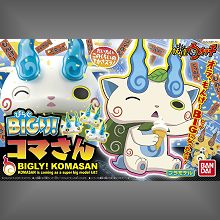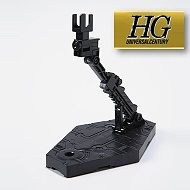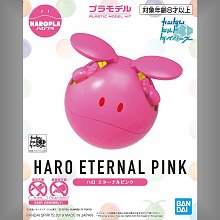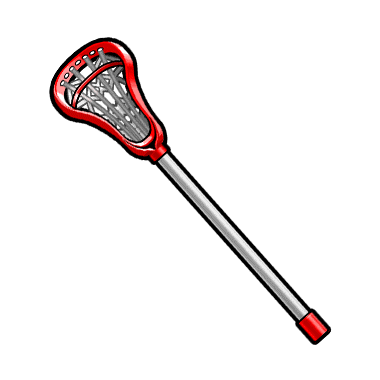

Another frequent visitor, Imai Genshiro of Kyūshin-ryū ( 扱心流) school of jujutsu, also refused. The caretaker of Jirosaku's second house, Katagiri Ryuji, also knew jujutsu, but would not teach it as he believed it was no longer of practical use. Nakai Umenari, an acquaintance of Kanō's father and a former soldier, agreed to show him kata, but not to teach him.

Many of those who had once taught the art had been forced out of teaching or become so disillusioned with it that they had simply given up. Jujutsu had become unfashionable in an increasingly westernized Japan.

Įarly attempts to find a jujutsu teacher who was willing to take him on met with little success. The culture of bullying endemic at this school was the catalyst that caused Kano to seek out a Jūjutsu ( 柔術, Jujutsu) dōjō ( 道場, dōjō, training place) at which to train. When he was fourteen, Kano began boarding at an English-medium school, Ikuei-Gijuku in Shiba, Tokyo. Jigoro Kano had an academic upbringing and, from the age of seven, he studied English, shodō ( 書道, Japanese calligraphy) and the Four Confucian Texts ( 四書, Shisho) under a number of tutors. He ultimately became an official in the Shogunate government. He married Sadako Kano, daughter of the owner of Kiku-Masamune sake brewing company and was adopted by the family, changing his name to Kano. His father, Jirosaku, was the second son of the head priest of the Shinto Hiyoshi shrine in Shiga Prefecture. Kano was born into a relatively affluent family. The early history of judo is inseparable from its founder, Japanese polymath and educator Kanō Jigorō ( 嘉納 治五郎, Jigoro Kano, 1860–1938), born Shinnosuke Jigorō ( 新之助 治五郎, Jigorō Shinnosuke). History and philosophy Early life of the founder 6 Alternative rulesets and derivative martial arts.4.5 Current international contest rules.4.4 Use of Judo at the Commonwealth Games.4.3 Use of Judo at the Summer Paralympic Games.

4.2 Use of Judo at the Summer Olympic Games.3.3 Tandoku-renshu (practice by oneself).Judo also influenced other combat styles such as close-quarters combat (CQC), mixed martial arts (MMA), shoot wrestling and submission wrestling. Judo also spawned a number of derivative martial arts around the world, such as Brazilian jiu-jitsu, Krav Maga, sambo, hapkido and ARB. The philosophy and subsequent pedagogy developed for judo became the model for other modern Japanese martial arts that developed from koryū ( 古流, traditional schools). 'maximum efficient use of energy') and "Jita-Kyoei" ( 自他共栄, lit. Judo's philosophy revolves around two primary principles: "Seiryoku-Zenyo" ( 精力善用, lit.
STICK RANGER PRIEST SUBMARINE SHRINE PROFESSIONAL
Judo's international governing body is the International Judo Federation, and competitors compete in the international IJF professional circuit.
STICK RANGER PRIEST SUBMARINE SHRINE FREE
While strikes and use of weapons are included in some pre-arranged forms (kata), they are not frequently trained and are illegal in judo competition or free practice. The objective of competitive judo is to throw an opponent, immobilize them with a pin, or force an opponent to submit with a joint lock or a choke. 'judo performer'), and the judo uniform is called "judogi" ( 柔道着, jūdōgi, lit. A judo practitioner is called a "judoka" ( 柔道家, jūdōka, lit. Judo rose to prominence for its dominance over established jujutsu schools in tournaments hosted by the Tokyo Metropolitan Police Department (警視庁武術大会, Keishicho Bujutsu Taikai), resulting in its adoption as the department's primary martial art. 'free sparring') instead of " kata" (pre-arranged forms) alongside its removal of striking and weapon training elements. Judo was created in 1882 by Kanō Jigorō ( 嘉納 治五郎) as an eclectic martial art, distinguishing itself from its predecessors (primarily Tenjin Shinyo-ryu jujutsu and Kitō-ryū jujutsu) due to an emphasis on " randori" ( 乱取り, lit. 'gentle way') is a system of unarmed combat, modern Japanese martial art, and Olympic sport (since 1964).


 0 kommentar(er)
0 kommentar(er)
